Introduction
Throughout this unit, we were always asking ourselves the question: ‘How can we tell a story using images?” We practiced essential writing techniques, such as the focus on the visual aspects of a narrative, as well as the policy of showing with descriptive language rather than simply stating what is happening. During this unit we would learn and improve our skills with Wacom Drawing Pads Photoshop, Illustrator, After Effects, Pro Tools, and other apps. All of this culminated in being able to create a powerful, visual story, which could be edited with SFXs into an audio production, paired with a video and given a digitally illustrated album cover. I would not have been able to do any of that at the beginning of the unit, and yet here we are now.
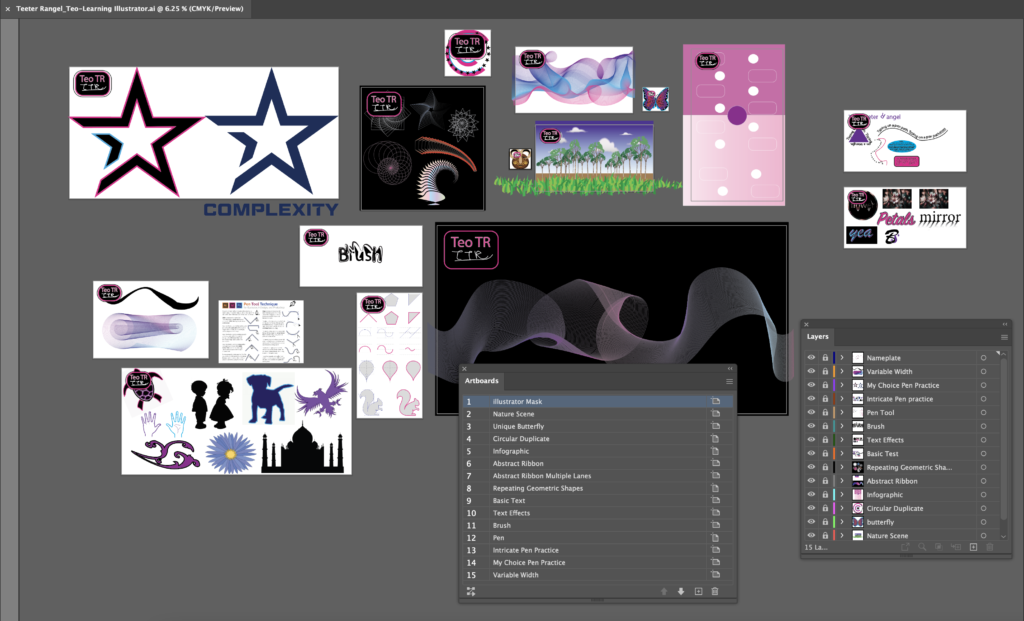
Screenshot of our Adobe Illustrator practice works
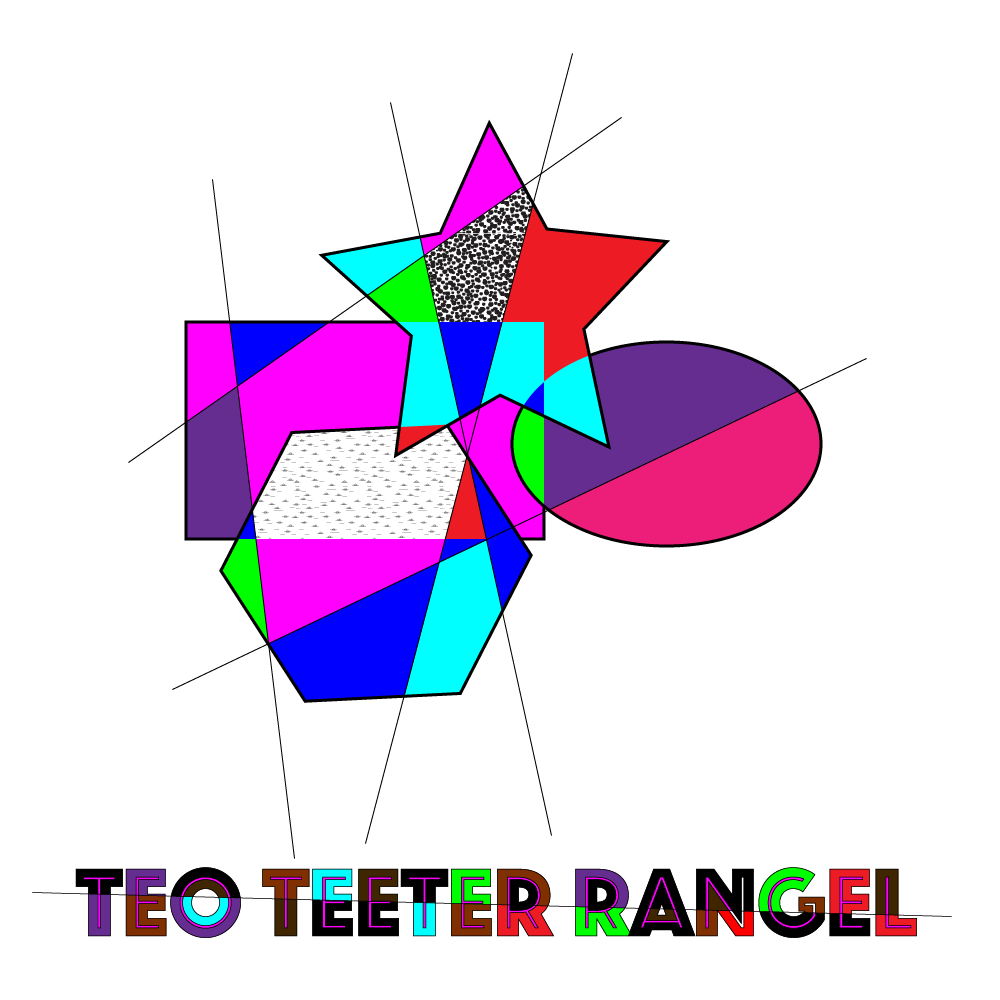
Using Illustrator to create patterns and custom color regions
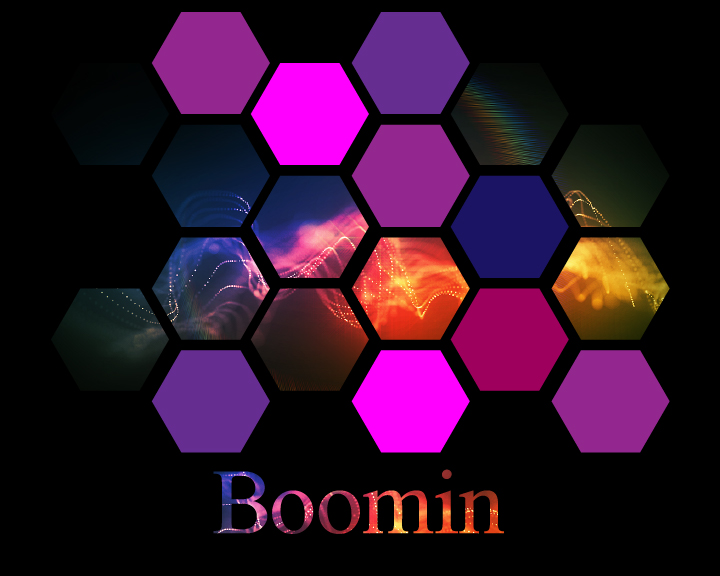
Creating a pattern using various Illustrator tools and using it as a clipping mask
The English portion of this unit was learning how to show not tell, to create a plot, complex emotions, and character development without directly describing any of that happening. This was a fun challenge to create certain emotions or feelings without describing them, simply by using certain descriptions of the events and surroundings. This required focusing on tone, and every sentence and portion of our stories had to be thoroughly thought out. During this process, we used individual brainstorming and planning techniques that Mr. Greco guided us through, and used these to strategically plan out our work. We also reviewed with small groups to get other perspectives about our work so we could see if our strategies were actually working.
At the same time as we developed our visual storytelling in English, we were learning how to produce digital art such as illustrator graphics, website design, and album art. This is when we learned and improved our abilities with several applications, such as Adobe Illustrator and Pro Tools. We used Illustrator to create detailed and precise graphics or drawings and made use of professional tools and techniques to create more polished works. I’ve never really been able to draw on a computer before, and now I think I can more effectively and efficiently create digital art then with a paper and pencil.
Story
Our narrative project for English involved developing a flash fiction story, which is a short story centered around a minimal cast of characters and really focusing on a narrative plot arch. In our previous unit we studied famous literary works and thought about what made them so effective. After learning from these, we began drafting our own narrative, starting with brainstorming our central characters.
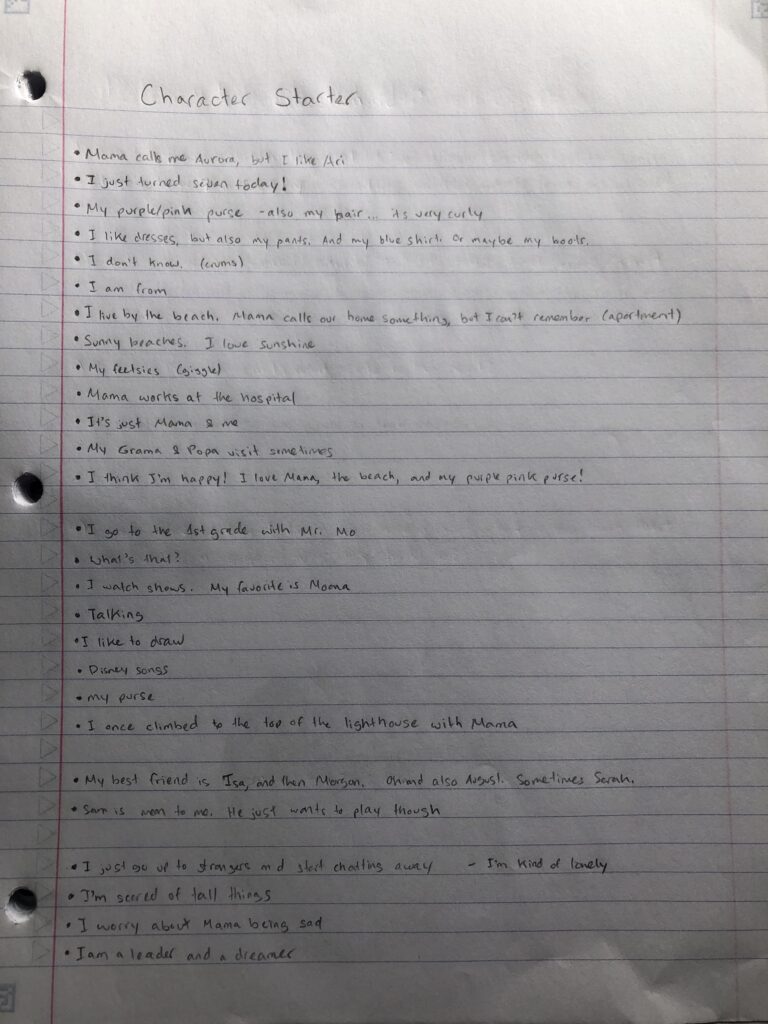
This was my character starter for my narrative. I was really inspired by the story “The Flowers,” by Alice Walker. This story was from the point of view of a young girl who walked away from her home to the woods. The actual content of the story was really simple and everything was developed by here descriptions of her surroundings. I wanted to do something like this for my story. My final result was a story about a little girl who found herself alone on her birthday. Her Mama is not with her, her favorite thing the sun is covered by the clouds, and nothing seems to be going her way. But she decides to do something about this, and goes on an adventure, growing up and maturing along the way.
This is the link to the full flash fiction narrative: https://docs.google.com/document/d/1z5CIzFs9yhWdThTlJqVGyUtZEoV8g8B94mTbZF6kdj4/edit?usp=sharing
I really enjoyed being able to develop a idea and work it out detail by detail. It was sometimes really difficult to get going with writing but once the ideas start to flow it was really enjoyable. It was also satisfying at the end to be able to read a complete and captivating flash-fiction story and know it was ours.
Our next project was to make a audio production out of a narrative. I decided to write a new narrative for an idea I had that I thought would work really well with sound effects. We used Pro Tools to incorporate these effects and also to improve the quality of our audio recording and add dramatic effects such as scaling the loudness. My idea was for the audio to gradually get louder until the climax, when there was silence. We also created a album cover using Adobe Illustrator, which is shown next to the audio below.
This is the link to the story used for this audio production:
https://docs.google.com/document/d/1wyYFMDfjdpPjmauCWj3Gms4TJGGvURLsZjrZNcW7c-8/edit?usp=sharing
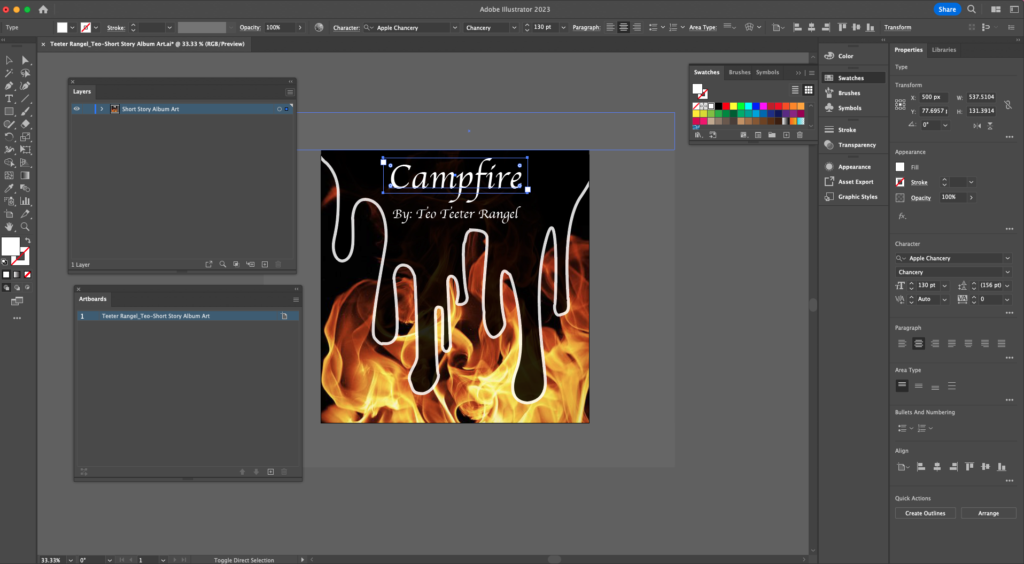
Adobe Illustrator Interface for Album Art

Pro Tools Screenshot showing edits and cuts
This project was really fun because we could take an interesting story and make it into something much more. The final effect was really immersive and it was cool to use the skills we learned in English and combine them with our Digital Media knowledge to create something even better.
Illustrations
This part of our learning was the use of Adobe Illustrator to create digital art. We learned the many tricks and techniques for using the program, including using a digital drawing pad, using the pen tool in Illustrator, how to create a gradient between two lines, and how to make custom banners. We harnessed these tools to create our own digital art for a variety of purposes and media.
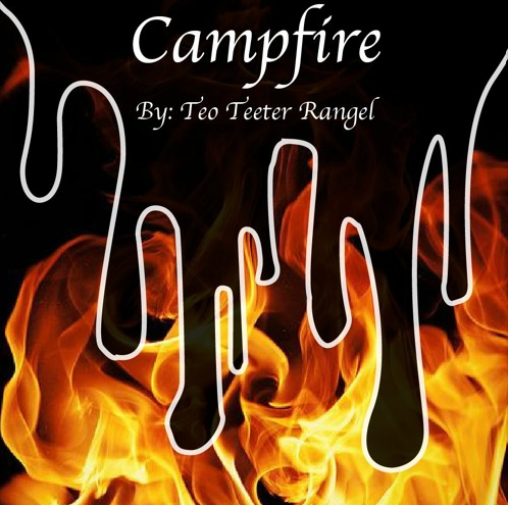
Album Art for our audio recording

Exquisite Corpse Illustration (Mine is the left piece)
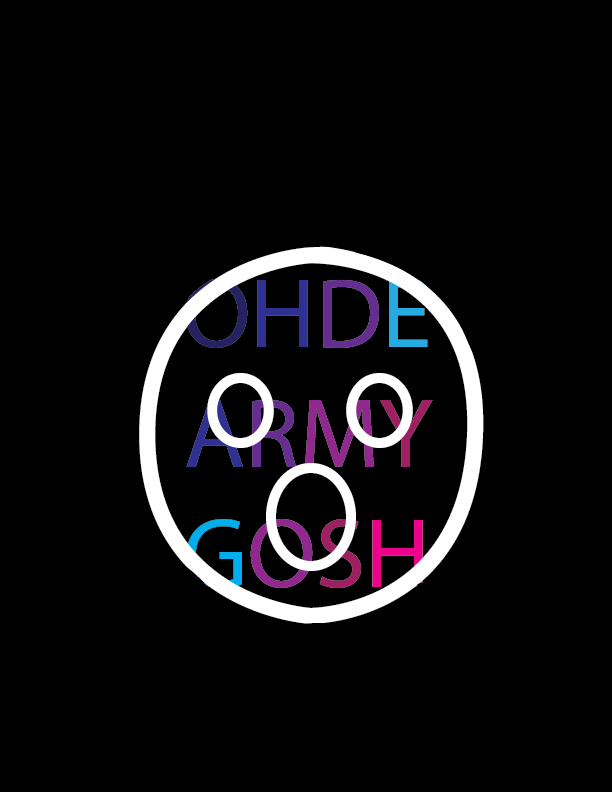
Illustrator final project: Hoodie Art (Front)

Illustrator Final Project: Hoodie Art (Back)

Completed Illustrator Project
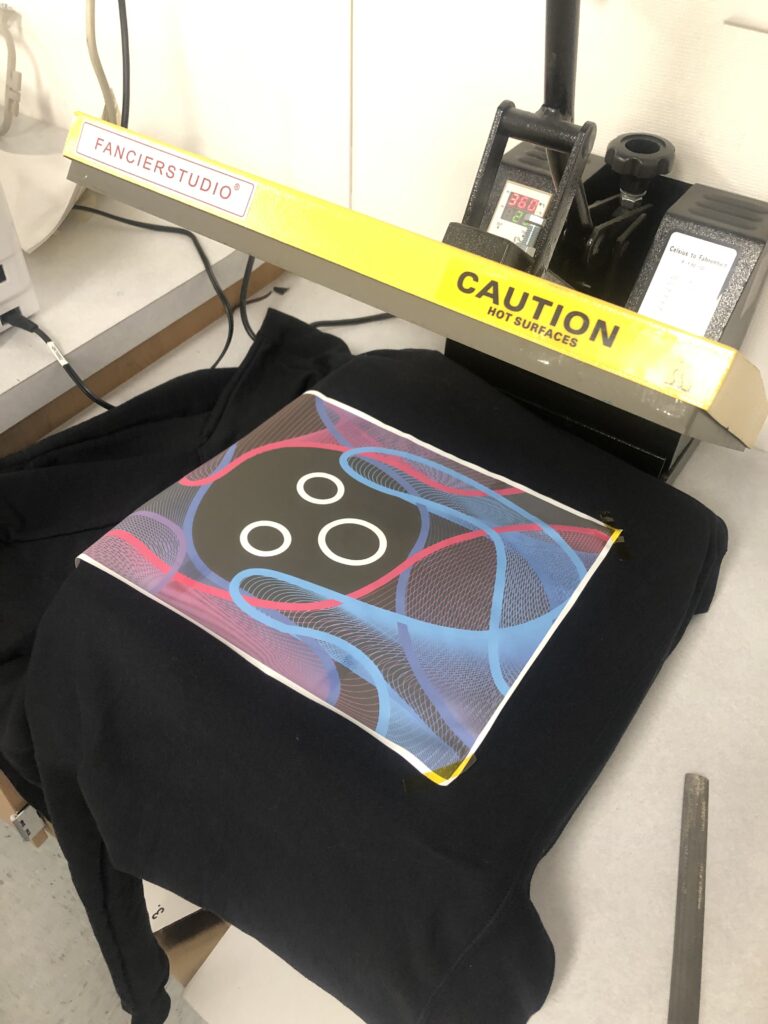
Process for implanting design onto the hoodie itself. We used a large iron at 350 degrees Fahrenheit and pressed it down onto the fabric. This permanently attached it while preserving the bright colors of the design.
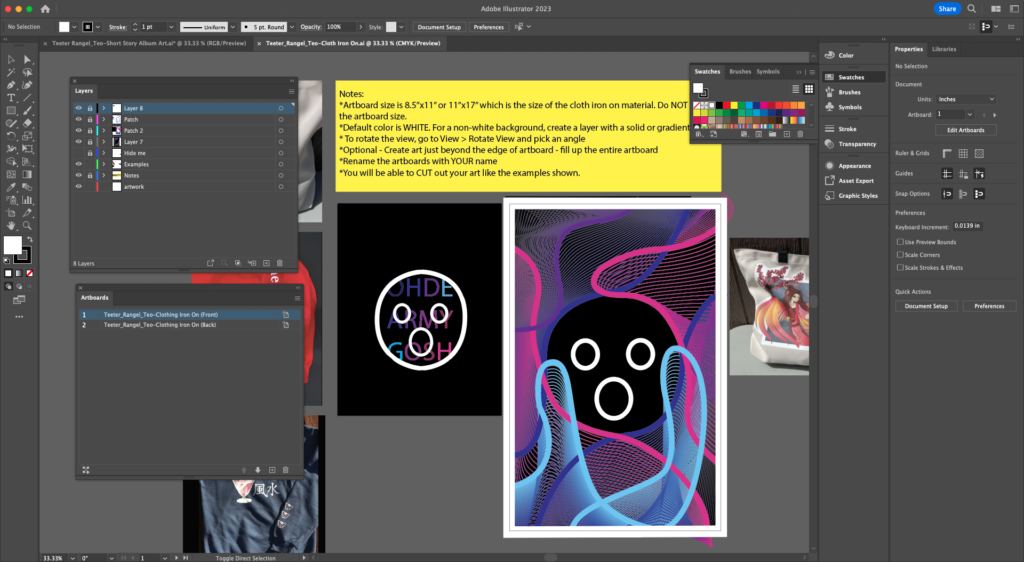
Adobe Illustrator Interface for Hoodie Art
Artist Statement (One I finish that it will be here):
Music
Part of our digital media class is creating music using online programs, and so we learned how to edit audio in different ways. In particular, we practiced removing the parts of the noise of an audio, and we used this to remove the vocals from songs. It takes multiple techniques to do this. One is splitting the audio for the right and left ears and pushing one of them forward by a fraction of a second. You can also create an audio that is the exact opposite to cancel it out, and removed all audio past a certain tonal point. We then chose a song we like and created parody lyrics for it. At this time the World Cup was happening, so I decided to create my parody about football. I edited the song ‘Counting Stars,’ and swapped the vocals with mine to create the parody ‘Yellow Cards.’
Yellow Cards
By: Teo Teeter Rangel
Song: Counting Stars
Right now, the world cup, is on my tv
And now I’m watching how these athletes be
And yes, they are, very very good
But instead of playing football, they play for yellow cards
Yeah, they play for yellow cards
Why be strong, when instead I could
Go flying past the outside line
I go down hard and clutch my thigh
Now I’m a cow, tasting lawn
Ref, look what he just did
Foul, ref just do as told
His elbow shattered my cheekbone
Can’t you see it was controlled
AAH-AAAAH-AH-AAH, he’s ended my jaw, and it was on purpose
OWW-OWWWW-OW-OWW, I can’t even speak, without it convulsing
I’m Gonna cry, gonna cry, gonna cry
Ref you’ve got to give the man a yellow card
Right now, the world cup, is on my tv
And now I’m watching how these athletes be
And yes, they are, very very good
But instead of playing football, they play for yellow cards
Right now, the world cup, is on my tv
And now I’m watching how these athletes be
And yes, they are, very very good
But instead of playing football, they play for, they play for yellow cards
Yeah Yeah *quietly-ref, what you doing man
I gave him a shove, watched him turn
Clutching his face, as he squirmed
Hitting the floor with a roll
All of a sudden, there’s a hill
Ref, look what he just did
Foul? Ref look at him hold
The wrong ligament of course
Nudged his back he holds his toe
AAH-AAAAH-AH-AAH, now his knee’s taken a blow, oh man Im sure it hurts
He cries, he cries, he cries
You’ve never felt pain on the level of this guy
But now, look man, your team has the ball
Tiki taka on a mission towards our box
And now, guess what, he’s sprinting for the goal
Hey, I guess you’re not hurt anymore, gotta help your team score
Right now, the world cup, is on my tv
And now I’m watching how these athletes be
And yes, they are, very very good,
But instead of playing football, they play for, they play for yellow cards.
Oh, now I’m running, into the box
Send me a ball now so that I can score
It’s a perfect pass, headed for goal
Surely there is no way I fail to score
I’ve beat the Defense, I’m through for sure
The moment has come for which I’ve yearned
Take it to the right, here comes a goal
I’ll be the hero on top of the world
But right then there he is… going in for a slide
Right now, the world cup is on my tv
And so I’m watching how these athletes be
And yes, they are, very very good
But instead of playing football, the play for yellow cards
Right now, the world cup is on my tv
And so I’m watching how these athletes be
And yes, they are, very very good
But instead of playing football, they play for, they play for yellow cards
He gets all ball, there it goes
My moment is gone man this blows
But wait I’ve, felt something for sure
He just brushed my heel I have a chance
Make a jump, to the sky
Land on the floor hard with a cry
You may have, stopped my goal
But the ref’s coming you’re getting what you earned

Pro Tools Interface for Parody Production
(shows tone control tool used to remove audio from original song)
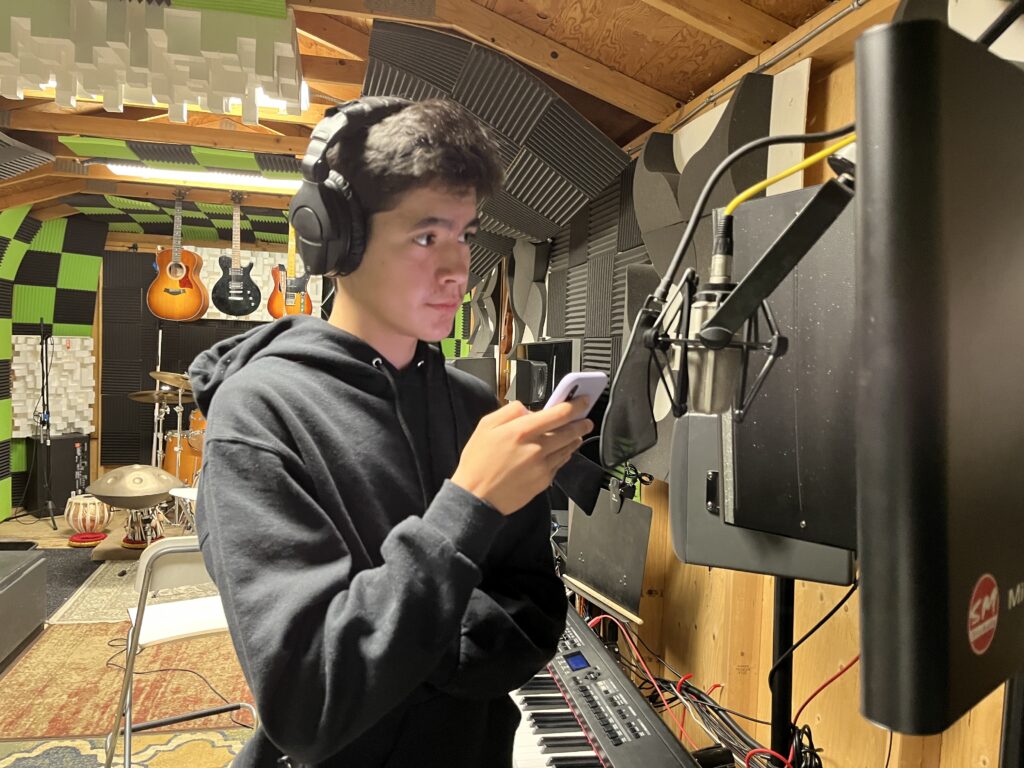
Me in the studio singing my parody
Animation
In animation this unit, we were challenged to create animations that really told a story. It is easy to animation a basic motion or movement, and put many of these together to create a video. But it is a lot more difficult to have all of these movements and pieces come together to create something compelling that an audience can get behind. This is what we were tasked with during this unit, and pushing myself to do so helped me really grow as an animator.
The first animation we made was a walk-cycle. However, it was divided into two animations, a stop-motion walk-cycle and a digital one. We spent several weeks crafting puppets out of various materials, with hand-sewn clothing. We then used stop-motion animation to depict the puppet walking across a green screen. In Photoshop, we would take our original digital drawing that the physical puppet was based off of, and create a digital walk-cycle using this. We then chose a background that seemed to fit our animations, created background music, added shadows to create depth, and finally we had a final animation. I tried to tell a story with something as simple as walking, and I think I kind of did.
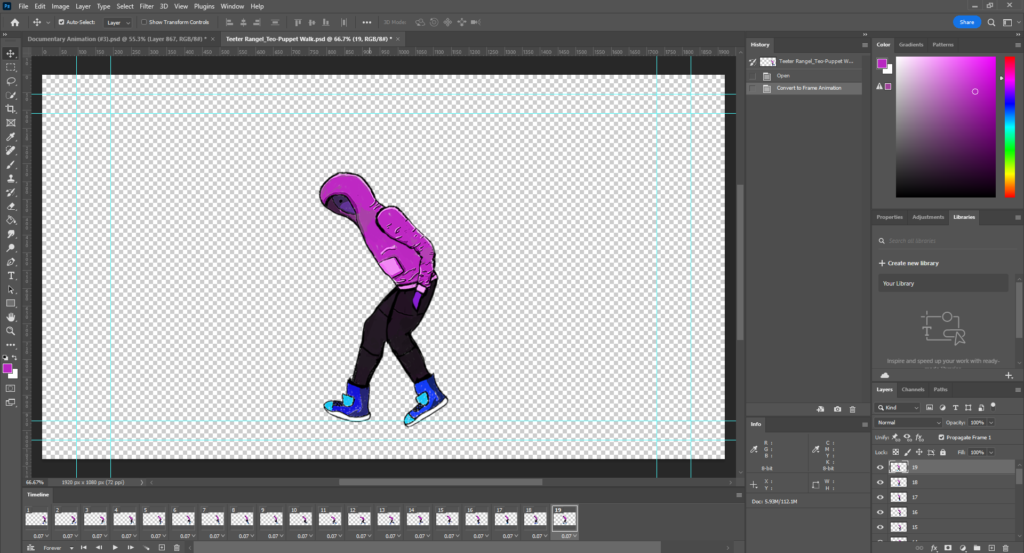
Photoshop Interface for Digital Walk Cycle
Our next project was to create a lip sync animation. The mouth makes 10-12 general shapes when speaking, so in order to create an accurate lip sync you need to draw these and match them to an audio. I chose to animate our President Joe Biden. I drew him with a decent amount of detail, which meant I had to draw shading with each of the mouths. However, after pairing them to the audio and adding some effects to create the finished video, I had a very detailed and convincing Joe Biden Lip Sync animation: “I don’t know what you’ve all heard.”
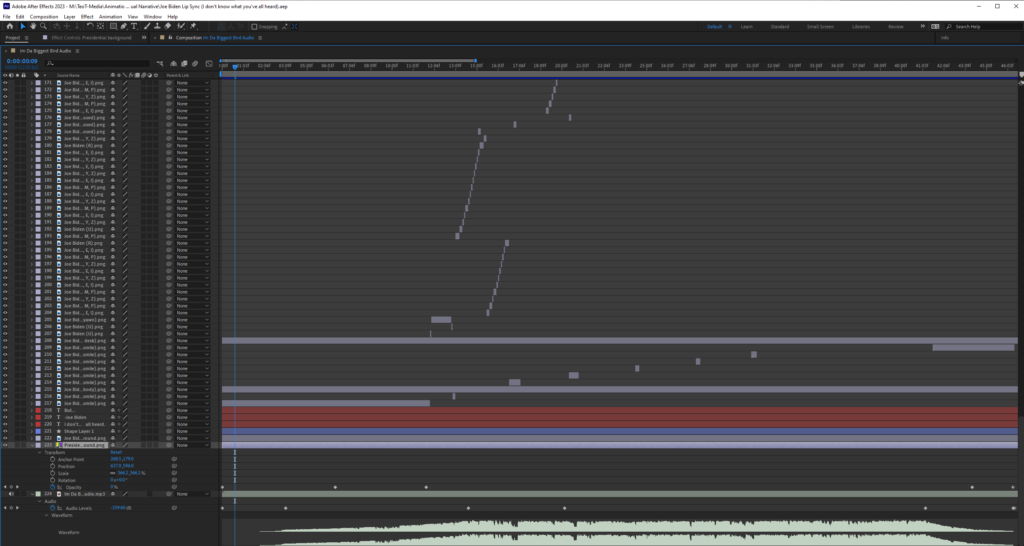
Adobe After Effects Interface
Our final animation project was to create a short narrative (one to two minutes) with no other constraints. This was a group project and so we got to work in teams of four and together create a story through animation. After brainstorming in our groups, we eventually came up with the idea to combine stop motion and digital animation for our story. The general plot was that two stop-motion friends find their way into a digital world, and are aided and befriended by a lonely lighthouse keeper who has been alone for years. It was a lot of fun to animate this project, and it helped me to understand what is necessary to develop a story and how to most effectively do this (What I ended up doing was not the most effective, but you learn from your mistakes). This is our animation: “Lighthouse.”
The narrative unit was a lot of fun and really helped me grow as a student and artist. It’s not just about having a story, you have to be able to tell it.